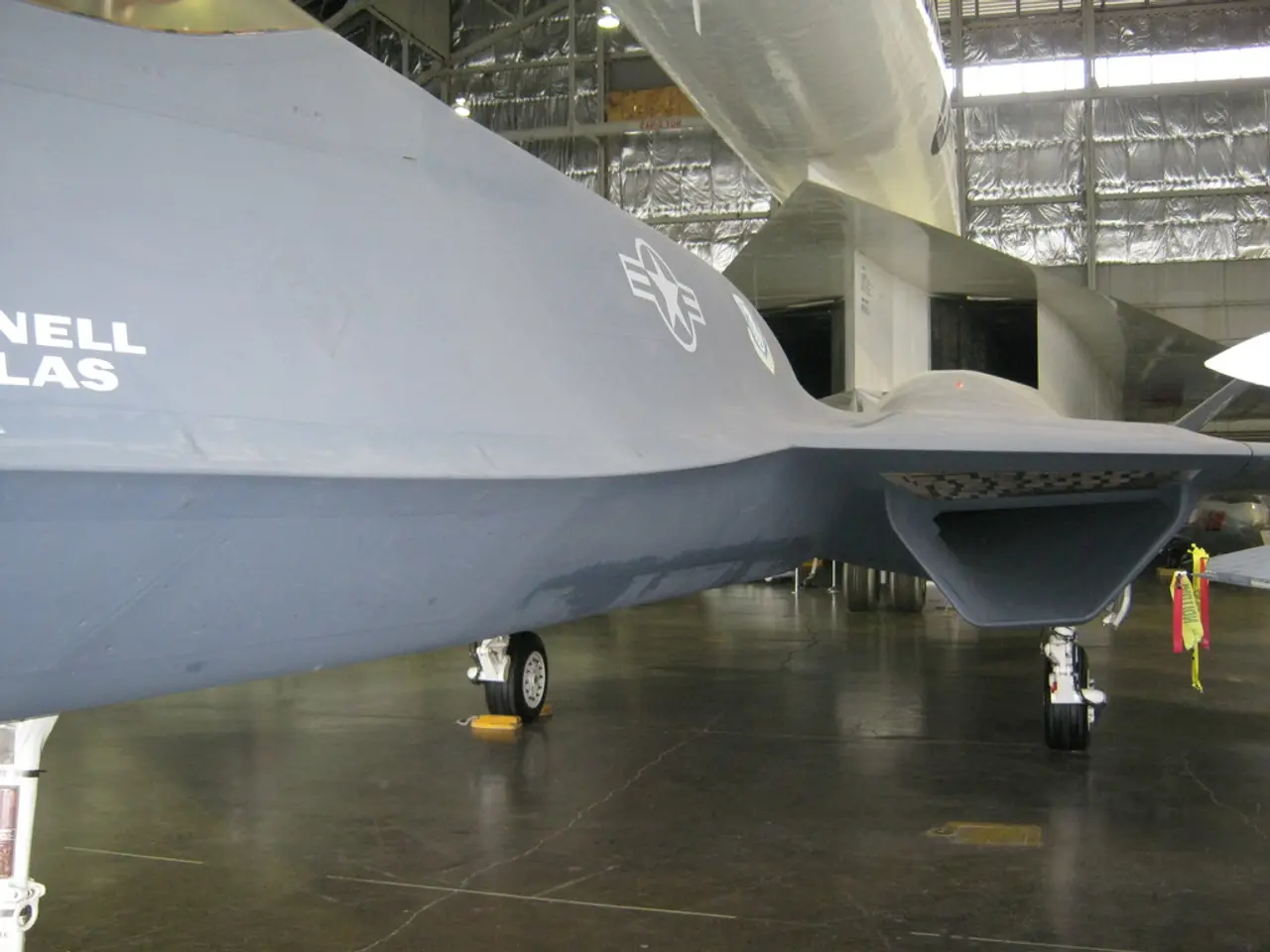Obstacles in Latin America's Air Travel Sector Remain Unyielding
Lima Jorge Chavez International Airport's new terminal, set to open later this year, will boost capacity to 30 million passengers, yet concerns linger about its arrival being "around five or six years too late." Meanwhile, the upcoming summer 2024 season will see 462 intraregional international routes operating within Latin America and the Caribbean.
The aviation industry in Latin America faces a multitude of challenges. Rafael Echevarne, director general of the airports trade body ACI-LAC, highlights differing aviation policies with each new government as one of the biggest hurdles. The lack of a supranational body similar to the European Union is also identified as a challenge.
Governments play a crucial role in overcoming these challenges. Collaboration is key to improving air navigation systems and air traffic control, helping make the best use of available capacity. Investment in airport infrastructure is also paramount, particularly in light of the region's limited alternative transportation options like road or rail.
Improving access to airports and investing in technology to make existing infrastructure more efficient and enhance the passenger experience are also essential. ACI-LAC aims to stimulate intraregional air travel to better connect economies and regions, including increasing international links from secondary and tertiary cities.
The adoption of new technologies, such as biometrics, artificial intelligence, and automation, does not necessarily equate to job losses, but convincing leaders of this remains a challenge. The study completed by ACI World and Oxford Economics finds that airports in Latin America need $94 billion in investments through to 2040 to meet the rising demand for air travel.
Despite these challenges, airlines in the region have been expanding their networks, growing their fleets, and forging new partnerships. Traffic figures for 2023 increased by more than 28% compared to the previous year, with most larger markets surpassing 2019 levels. However, airlines collectively faced losses of about $600 million in 2023, compared to a $3.9 billion loss in 2022, with a forecasted loss of $400 million in 2024.
Brazil's GOL Linhas Aereas filed for Chapter 11 due to an "unsustainable debt profile." Brazil's high fuel taxes, labor costs, and legal liabilities make the country difficult for airlines, particularly new entrants. Cerda, IATA regional VP-Americas, highlighted that governments in Latin America, including Brazil, still seek to impose themselves on aviation, making it costly to be profitable and competitive.
Notably, the government of Mauricio Macri (2015-2019) implemented the most significant changes in Argentina's aviation policy in recent years, notably through deregulation efforts and measures to increase competition in the airline industry.
The annual load factor for Latin America rose by 2.1 percentage points to 84.7%, reflecting the region's growing air travel demand. However, the market remains "complicated and frustrating" with many regional differences that make regionwide profitability difficult, according to Cerda. Prioritizing investment in airport infrastructure and collaborative efforts among governments are crucial to Latin America fulfilling its potential. José Ricardo Botelho, CEO of the Latin American and Caribbean Air Transport Association (ALTA), called for action to prevent Brazil's connectivity from being unsustainably compromised.
Read also:
- International cooperatives associated with OCOP (One Commune One Product) are actively exploring strategies to access and penetrate foreign markets.
- Federal health clinics in Maine seek restoration of withheld Medicaid financing, filing a lawsuit against the Trump administration over funding reductions.
- Tezos' Etherlink Broadens Its Gaming Offerings with Incorporation of Pikes Arena and Cricket Champions
- Depakote Cost in 2025: Discounts and Additional Savings Options





